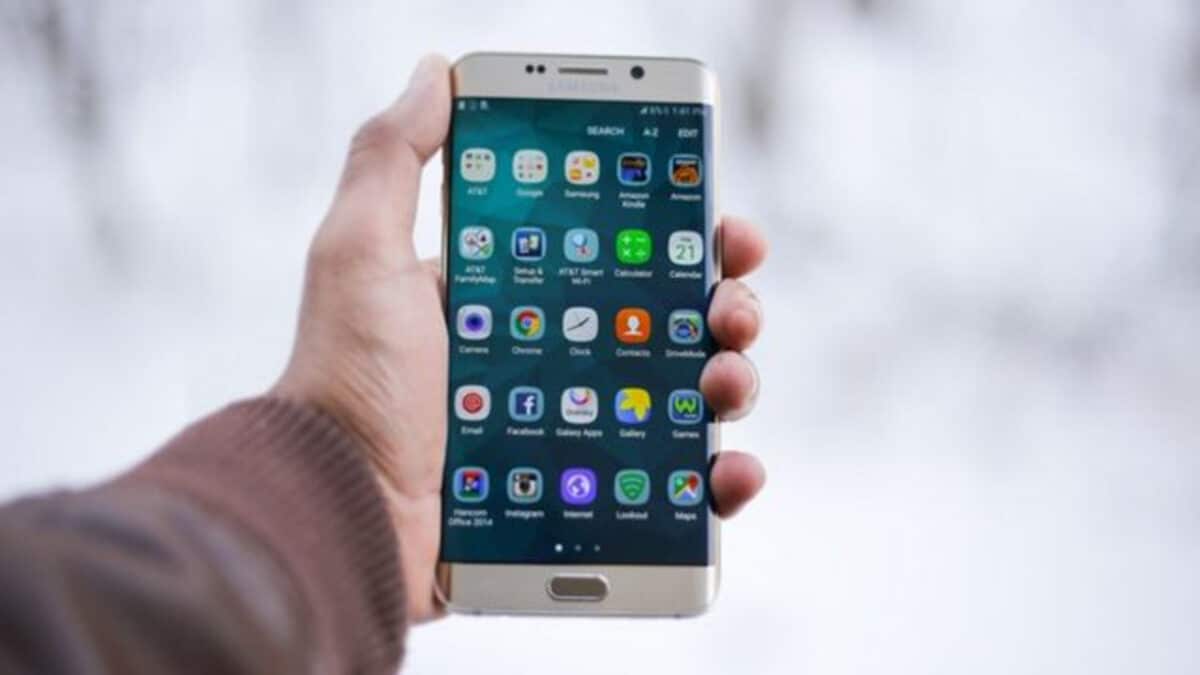By Mikhaela Albarico, Student OT
Getting a headache is both a common and unique experience. Common because most of us have felt this pain. Unique because we each feel pain differently and because there are different types of headaches. For example, a migraine is an intense and recurrent headache that comes with symptoms such as nausea and sensitivity to light. Any type of headache can be disabling.
If you frequently experience headaches, using mobile apps is one way for you to better understand and manage your pain. All the apps mentioned here are free and available on both Android and iOS. Most apps can work without an internet connection.
Tracking
Headache tracking apps are great for identifying factors that cause pain (also known as triggers). They are also useful for documenting headache episodes over time. They ask about your pain and non-pain symptoms, medications, relief methods, sleep, and stress. These apps can generate a summary of all your headache episodes. You can use this summary when discussing your pain with healthcare providers.
Migraine Buddy
A very user-friendly app that allows for a lot of customization. It includes a pressure forecast, a variety of educational resources, and a sleep diary.
N1-Headache
A comprehensive tracking app. It does not allow you to skip any question when recording a headache episode. It provides you with a grade for the Migraine Disability Assessment, which is a measure of how headaches impact your life. Some advanced features need an account upgrade.
HeadApp
Similar in look and usability to Migraine Buddy, it is a possible alternative if the first two apps are not for you.
Ouchie
This app was designed for chronic pain. It allows tracking of different types of pain, including headaches. This needs an internet connection.
Other options include Migraine Insight, Migraine Monitor, and Migraine Coach. These apps are simpler and need an internet connection, but they may better fit your needs.
Relaxation
Relaxation apps encourage practices that can help reduce stress and tension. Using non-medical treatments, such as meditation, can enhance the effects of medical treatments.
Insight Timer
A large library of guided meditations for the new and the practiced. Headache- and pain-specific guided meditations are available using the Search feature. Many courses and tracks need a paid membership, but there is more than enough to get started. This needs an internet connection.
Smiling Mind
This app includes guided meditations specific to adults and the workplace as well as to youth and the classroom. There are fewer options, but the sessions are cohesive and downloadable. Only the workplace module needs to be purchased.
Relax Melodies
This app aims to soothe you through natural, instrumental, and environmental sounds. It allows you to layer and customize sounds. It also includes a few guided meditations that are downloadable. Many sounds and guided meditations need an account upgrade.
Filtering
Looking at a screen for extended periods of time can trigger migraines and cause eye strain. Filtering the blue light from your screen can help.
Apps such as Twilight, Blue Light Filter & Night Mode, and Night Shifter are available on Android. They include different colour, intensity, and dimness options for your specific needs.
There are no comparable apps for iOS. iPhones running iOS 9.3 and above have a built-in Night Shift feature, but this is less customizable.
An Important Note
Consistency is key. The benefits of any of the apps mentioned here can only be attained through regular use and practice. Whichever app you choose, start small and keep at it.
Disclaimer: The information in this post is for general reference only.

